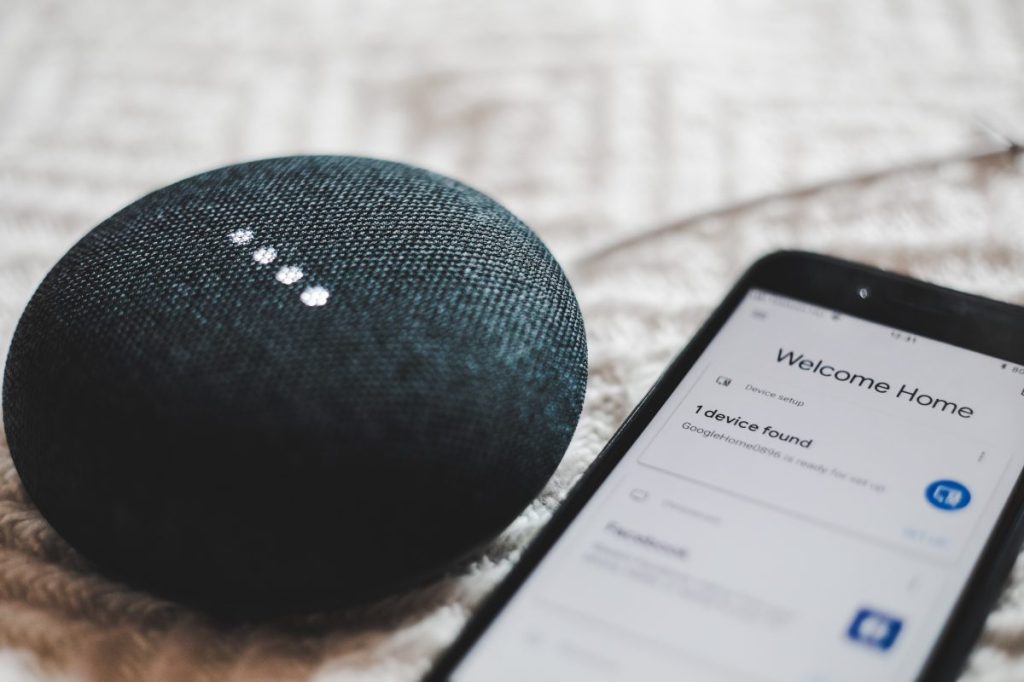Smart home technology — often in the form of a voice-activated virtual assistant that can automate devices in the home — can be a tool to facilitate aging in place. Experts on the topic of aging, and specific programs that provide this technology to seniors, have illustrated the potential, but the market is also rife with different kinds of products.
Having first compiled a “best-of” list of smart home devices for aging in place in 2020, The New York Times recently updated its list. The new information comes from consultations with doctors and smart home technology experts, as well as advocates at groups including AARP and Aging and Health Technology Watch.
In making the case for aging in place, the Times’ article also described why people might find aging in place to be a preferred option for later in life.
“In many cases, the costs of assisted or nursing care are simply too high and out of reach,” the story stated. “A 2020 Genworth survey indicates that the median cost of assisted living in the US is around $4,500 per month — with nursing homes costing more than double that.”
Smart home devices are not a replacement for dedicated care from a human being, the story noted, but they can be “a reliable tool when you or other caregivers can’t be around in person, providing a 24/7 connection to help ensure safety, assist with daily tasks, and allow you to check in on a loved one.”
But caregivers or seniors may have legitimate security and privacy concerns when bringing these tools — which often involve cameras and microphones — into the home.
“Safety is of highest importance, and if a person has to be home alone, a way to monitor them is reasonable after an explanation to them and others who are helping to care for them,” Dr. William Dale told the Times. Dale serves as professor and chair of supportive care medicine at the Center for Cancer and Aging at cancer research hospital City of Hope.
“It is also important to note that if a person can’t be safe at home due to cognitive impairments, then one should consider a different living arrangement,” Dale said. “The camera can only observe, and it still requires someone to monitor and act quickly on a dangerous situation that occurs. It is not a replacement for the necessary involvement to keep someone safe.”
That’s why it’s important for caregivers and receivers to “partner” and adequately discuss such technology being in their home. This involves teaching and learning about the devices’ presence, their functions, best practices for use, and the ways in which they could better help a resident feel safer and more secure, the Times said in consultation with its sources.





